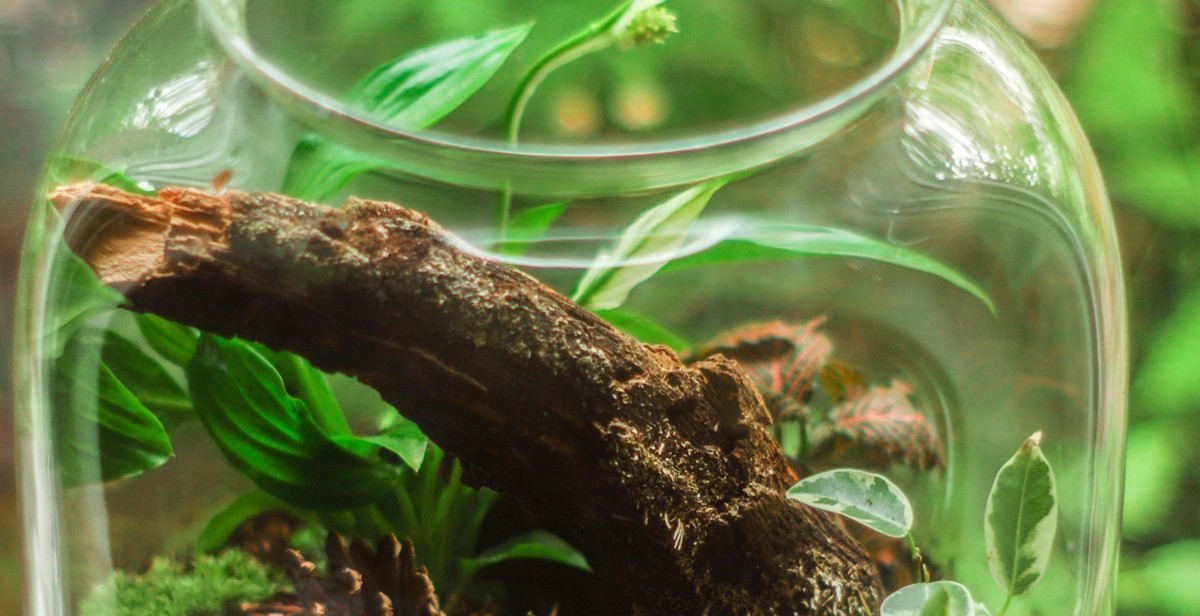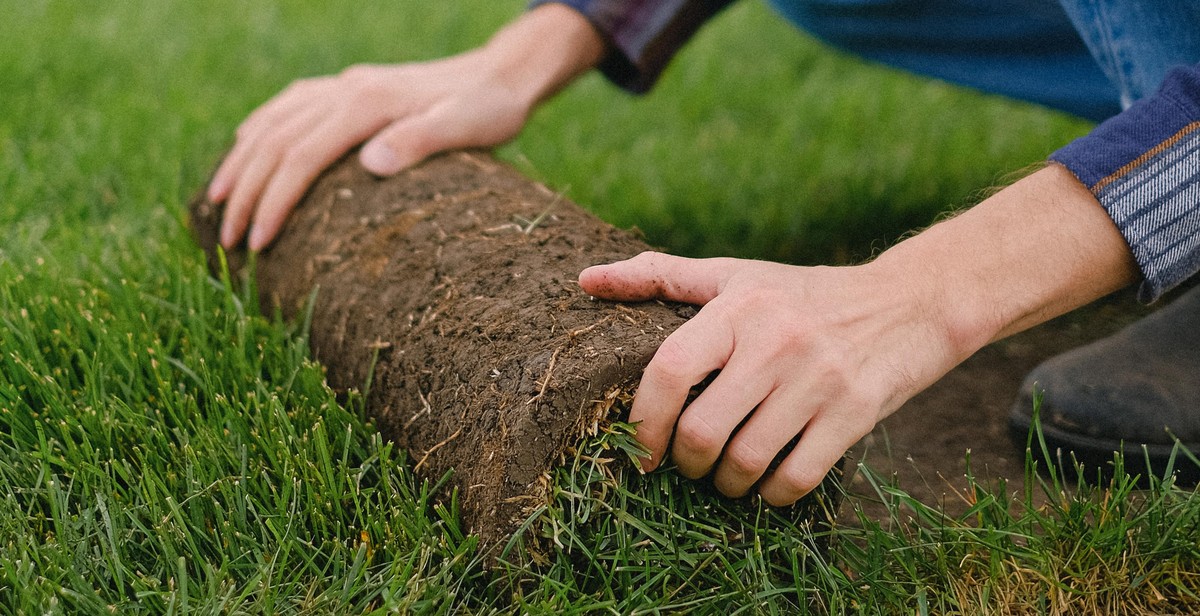How to Create a Book-inspired Garden: Incorporating Literary Themes into Your Outdoor Space
Do you love books and gardening? Why not combine your passions and create a book-inspired garden? A garden inspired by your favorite books can be a whimsical and creative way to showcase your love for literature while creating a beautiful outdoor space.
Creating a book-inspired garden is all about incorporating literary themes and elements into your garden design. From classic novels to children’s books, there are countless ways to bring your favorite stories to life in your garden.
Why Create a Book-inspired Garden?
A book-inspired garden is not only a unique way to express your creativity, but it also provides a peaceful and relaxing space for reading and reflection. It can also be a great way to introduce children to the joys of reading and gardening.
In addition, a book-inspired garden can add value and curb appeal to your home. It’s a conversation starter and a unique feature that sets your home apart from others in the neighborhood.
Getting Started
Before you start creating your book-inspired garden, it’s important to choose a theme or book that inspires you. From there, you can begin to brainstorm ideas for how to incorporate elements of the book into your garden design.
Some popular themes include Alice in Wonderland, The Secret Garden, and The Hobbit. However, the possibilities are endless and the only limit is your imagination.
- Choose a theme or book that inspires you
- Brainstorm ideas for incorporating literary elements into your garden design
- Start planning and designing your book-inspired garden

Choosing Your Literary Theme
Before you start incorporating literary themes into your garden, it’s important to select a book that inspires you. Choose a book that you’ve read and loved, or one that you’ve always been curious about. This will give you a starting point for your garden design and help you stay motivated throughout the process.
Researching Themes and Symbols
Once you’ve selected your book, it’s time to research the themes and symbols within it. Look for elements that you can incorporate into your garden, such as colors, objects, and plants. For example, if you’ve chosen “The Secret Garden” by Frances Hodgson Burnett, you may want to include a hidden pathway or a gate that leads to a secluded area of your garden.
Don’t be afraid to get creative with your interpretations of the book’s themes and symbols. You can use them as a starting point and then add your own personal touch to make your garden unique.
Considering Your Garden’s Environment
When designing your book-inspired garden, it’s important to consider the environment that you’re working with. Take note of the natural features of your garden, such as the soil type, sun exposure, and water availability. This will help you choose plants and materials that will thrive in your garden and complement your chosen literary theme.
Additionally, consider the size and shape of your garden. If you have a small space, you may want to focus on creating a few key elements that capture the essence of your chosen book. If you have a larger space, you may want to incorporate multiple themes or create different areas within your garden that represent different parts of the book.
By selecting your favorite book, researching its themes and symbols, and considering your garden’s environment, you can create a beautiful and meaningful book-inspired garden that reflects your love of literature.

Designing Your Garden
Before you start planting, it’s important to create a layout for your book-inspired garden. This will help you visualize the space and ensure that each plant is placed in the right spot. Consider the size of your garden, the amount of sunlight it receives, and the type of soil you have. You may also want to include paths, seating areas, and other features to enhance the overall design.
Choosing Plants
When it comes to choosing plants for your book-inspired garden, think about the themes and settings of your favorite books. For example, if you love Alice in Wonderland, you may want to include whimsical plants like hollyhocks, foxgloves, and delphiniums. If you’re a fan of The Secret Garden, consider incorporating climbing roses, lavender, and other cottage garden favorites.
It’s also important to choose plants that are suited to your climate and soil type. Research the plants you’re interested in and make sure they will thrive in your garden.
Incorporating Literary Elements
Once you have your layout and plants chosen, it’s time to incorporate literary elements into your garden. This can be done in a variety of ways, such as:
- Adding a garden statue or sculpture inspired by a favorite book character
- Using signage with quotes from beloved books
- Planting flowers in specific colors to represent book covers
- Creating a seating area with a book-themed bench or table
- Designing a garden path with stepping stones engraved with book titles or author names
By incorporating these literary elements, you’ll create a unique and personalized garden that reflects your love of books.
| Tip: | Don’t be afraid to get creative with your book-inspired garden! Use your imagination and have fun with it. |
|---|

DIY Projects for Book-Inspired Garden Decor
If you’re a book lover and a gardening enthusiast, why not combine your passions and create a book-inspired garden? Here are some DIY projects to help incorporate literary themes into your outdoor space.
Creating Book Planters
One way to bring books into your garden is by turning them into planters. To create a book planter, you’ll need a hardcover book, a craft knife, a plastic bag, and some soil and plants. Start by cutting out a rectangular hole in the center of the pages, leaving about an inch of margin around the edges. Line the hole with a plastic bag to prevent water damage to the book, then fill it with soil and add your plants. You can choose plants that match the book’s theme, such as herbs for a cookbook or flowers for a romance novel.
Making Garden Signs with Literary Quotes
Add some literary flair to your garden by creating signs with quotes from your favorite books. You can use wooden planks or repurpose old picture frames for this project. Paint the sign or frame in a color that complements your garden’s color scheme, then stencil or hand-paint a quote onto it. You can use quotes about nature, gardening, or any other theme that fits your garden’s style.
Building a Reading Nook
What’s better than reading a book in a beautiful garden? Creating a reading nook in your outdoor space can be a fun and cozy project. You can build a bench or repurpose an old chair, then add cushions and blankets for comfort. Hang some string lights or lanterns for a magical ambiance, and surround your reading nook with plants and flowers to create a peaceful atmosphere.
These DIY projects are just a few ideas to help you incorporate your love for books into your garden. With a little creativity and some elbow grease, you can create a unique and inspiring outdoor space that reflects your literary passions.

Maintaining Your Book-Inspired Garden
Once you have created your book-inspired garden, it is important to maintain it properly to ensure that it thrives and remains true to the literary themes that inspired it. Here are some tips for maintaining your garden:
Watering and Fertilizing
Proper watering and fertilization are essential for the health and growth of your plants. Make sure to water your plants deeply and regularly, especially during hot and dry weather. Fertilize your plants regularly with a balanced fertilizer to provide them with the nutrients they need to thrive.
Pruning and Trimming
Regular pruning and trimming are necessary to keep your plants looking neat and tidy and to promote healthy growth. Trim back any dead or damaged branches or leaves, and prune your plants to maintain their shape and size. Make sure to use clean, sharp pruning tools to avoid damaging your plants.
Protecting Your Garden from Pests
Pests can quickly damage or destroy your garden, so it is important to take steps to protect your plants from them. Use natural pest control methods, such as companion planting and beneficial insects, to keep pests at bay. You can also use physical barriers, such as netting or row covers, to keep pests away from your plants.
| Pest | Companion Plant | Beneficial Insect |
|---|---|---|
| Aphids | Nasturtium | Ladybugs |
| Slugs and Snails | Thyme | Ground beetles |
| Cabbage Worms | Mint | Braconid wasps |
By following these tips, you can maintain your book-inspired garden and ensure that it continues to thrive and inspire you for years to come.

Conclusion
Creating a book-inspired garden is a fun and creative way to incorporate literary themes into your outdoor space. By using plants, décor, and design elements that reflect your favorite books, you can create a unique and personalized garden that reflects your love of literature.
Start by selecting a theme or book that inspires you. Then, choose plants and flowers that match the colors, moods, and settings of the book. You can also add literary-inspired décor, such as bookshelves, quotes, and sculptures, to enhance the theme.
Remember to consider the practical aspects of gardening as well, such as soil, sunlight, and watering needs. Choose plants that thrive in your climate and make sure to give them the care they need to grow strong and healthy.
Whether you’re a fan of classic literature or modern bestsellers, there’s a book-inspired garden theme for everyone. From Alice in Wonderland to The Secret Garden, there are endless possibilities to explore.
By incorporating literary themes into your garden, you can create a unique and meaningful space that reflects your personality and interests. So go ahead and let your imagination run wild – the possibilities are endless!
| Pros | Cons |
|---|---|
| Creates a unique and personalized garden | Requires research to match plants and décor to book themes |
| Can be a fun and creative project | May require additional maintenance and care for plants |
| Reflects your love of literature and adds a personal touch to your outdoor space | May not be suitable for all garden styles or preferences |
